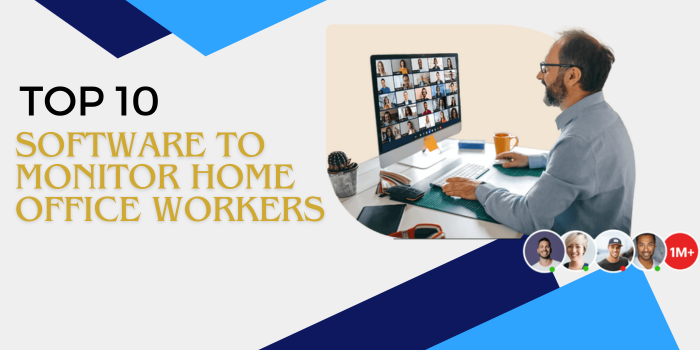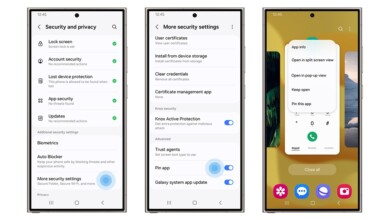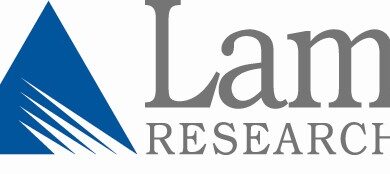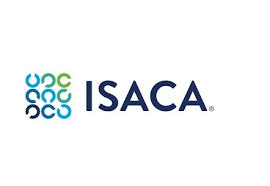Top 10 Software to Monitor Home Office Workers

Top 10 Software to Monitor Home Office Workers
Working from home has become more and more popular in recent years. It gives many benefits for both personnel and employers, along with bendy operating hours, no go back and forth, and the ability to price credit scores in the office area.
However, managing a remote workforce can also present challenges around productivity, communication, and security. This is why more companies are turning to employee monitoring software to keep tabs on home office workers.
In this article, we will discuss the top 10 software options to monitor remote employees in 2023. We’ll cover the key features of each Windows Software, along with the main pros and cons. Read on to learn how these tools can help boost productivity, security, and collaboration for your distributed teams.
Top 10 Software to Monitor Home Office Workers
1. Time Doctor
Time Doctor is a robust time-tracking and productivity software suitable for remote teams. It offers features like:
- Screen monitoring to track real-time work activity
- Productivity metrics to analyze trends over time
- Timesheet management and reporting
- Integration with project management tools
Pros: Powerful time tracking abilities, easy-to-use interface, many integration options
Cons: Can seem intrusive with constant monitoring, premium plans are expensive
2. Teramind
Teramind offers robust employee monitoring coupled with data loss prevention features. Businesses can benefit from:
- Granular user activity monitoring
- Advanced analytics with custom rules
- Screen recording and playback
- Extensive compliance rule sets
Pros: Powerful monitoring abilities, data security-focused, intuitive alerts
Cons: Steep learning curve, more expensive than competitors
3. ActivTrak
ActivTrak empowers businesses through employee monitoring and data-driven insights. It provides:
- Automated productivity tracking
- Website and app usage monitoring
- Customizable dashboards and reporting
- Flexible implementation without impacting devices
Pros: Easy setup and use, affordable plans for all company sizes
Cons: Less robust than enterprise-grade alternatives, minimal focus on security features
4. Hubstaff
Hubstaff centers around time tracking, productivity optimization, and remote team coordination. Notable features include:
- Activity levels monitoring based on keyboard and mouse usage
- Screenshots and activity logs
- GPS location tracking
- Integrations with popular management tools
Pros: Intuitive user interface, variety of useful integrations
Cons: Expensive premium plans, and GPS tracking raise privacy concerns
5. InterGuard
InterGuard blends advanced employee monitoring with keyword alerts and risk-scanning capabilities. It offers:
- Customizable user activity monitoring
- Screen recording and optical character recognition
- Smart rules engine for risk alerts
- Powerful reporting and analytics
Pros: Feature-rich for security and risk management, customizable rules automate monitoring
Cons: Substantial learning curve to utilise full suite of features
6. EfficiencyLab
EfficiencyLab is an AI-powered productivity platform for remote teams. Key features include:
- Automated tracking of productivity metrics
- Data-driven insights into individual and team performance
- Focus time analysis to reduce distractions
- Project management integrations
Pros: Simple AI tracking, actionable performance analytics, affordable pricing
Cons: Still building up feature set, less customizable than some competitors
7. Microsoft 365 Insights
Microsoft 365 Insights leverages built-in M365 data to spotlight productivity trends over time and across remote teams. Benefits include:
- Behavioral analytics around teams’ email, meetings, and documents usage
- Suggestions to improve collaboration and focus time
- Easy to set up for existing Microsoft 365 customers
Pros: Seamlessly integrates natively-collected Microsoft data, easy learning curve
Cons: Only available as part of certain M365 plans, still maturing features set
8. Spytech SpyAgent
SpyAgent provides businesses with powerful employee monitoring through tracking features like:
- Remote screen monitoring and user activity recording
- Optical character recognition for risky keyword detection
- Productivity analysis based on apps and web usage
- Data exfiltration prevention capabilities
Pros: Robust hybrid monitoring features, address risky behaviors and security gaps
Cons: Expensive pricing, significant training investment to leverage full feature set
9. Workpuls
Workpuls specializes in remote employee monitoring coupled with intelligent analytics. It offers:
- Automated insights into productivity metrics over time
- Customizable dashboards
- Website and app tracking
- Integrations with popular collaboration tools
Pros: User-friendly analytics, straightforward report creation
Cons: Limited flexibility compared to market leaders, light on advanced security features
Key Factors to Consider
There are a few important factors businesses should keep in mind when evaluating options to monitor remote and home office workers: Antivirus Software is essential to protect company data and devices.
- Features – Carefully assess which capabilities are must-haves versus nice-to-haves to match software strengths with your top needs around productivity, security, etc.
- Scalability – Ensure the solution you select can flex in terms of the number of users and functionality as your program expands over time.
- Data Security – Validate software vendors have robust data security protections and compliance standards in place.
- End User Experience – Look for solutions focused both on manager insights and an acceptable experience for employees themselves.
- Budget – Have a realistic budget framed up based on team size, required features, and pricing models across solutions.
Conclusion
Employers have a responsibility to protect company data, safeguard networks, support employees, and maintain productivity standards—even when managing remote workers. The right monitoring software helps strike the best balance between meeting these goals and respecting worker privacy.
Carefully assess options to select a tool aligning with organizational maturity when it comes to remote monitoring. Issue transparent policies around data collection practices. Then phase-in monitoring gradually as workers adjust to new supervision methods. Set reasonable thresholds for alerts and behavior deemed outside policy.
With these best practices in mind, monitoring software can provide invaluable visibility allowing responsive support of remote teams. And workers still benefit from the autonomy, flexibility, and work-life balance driving the growing remote work trend in the first place.





